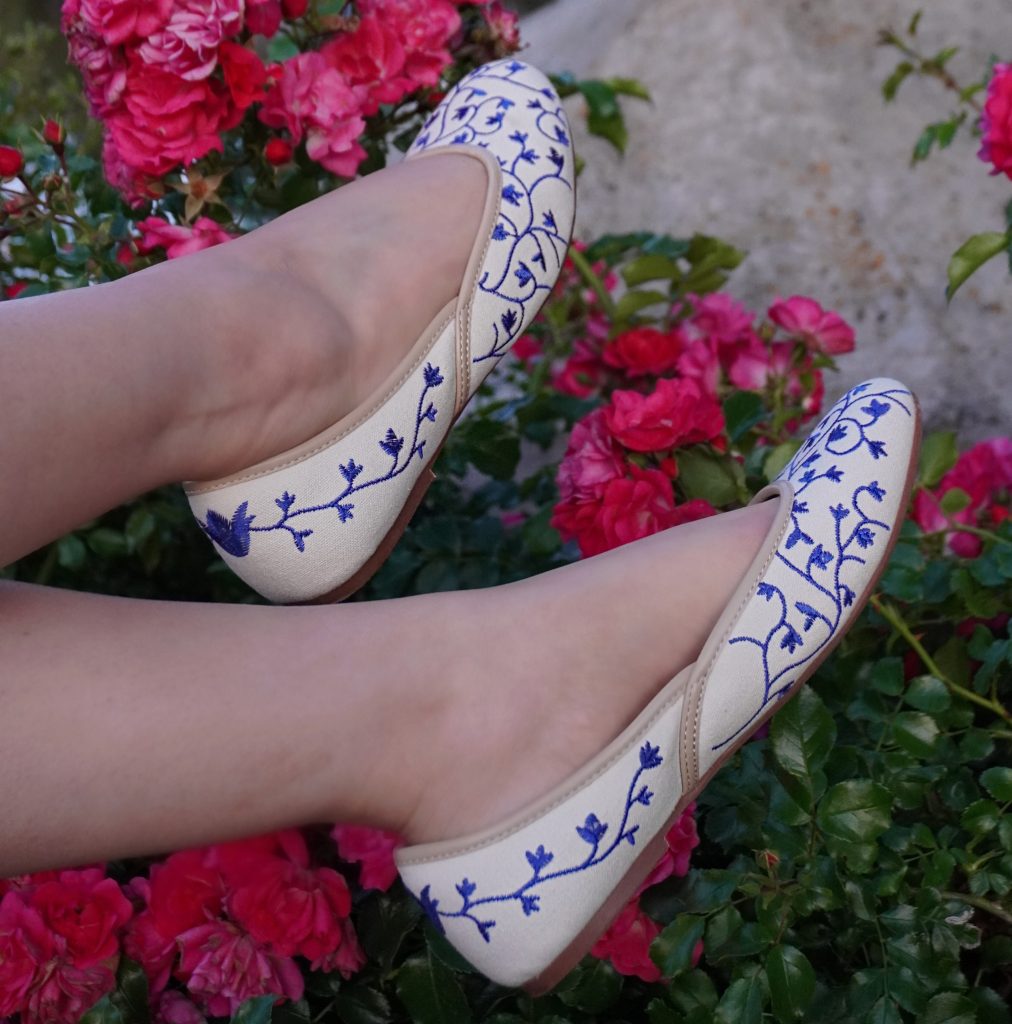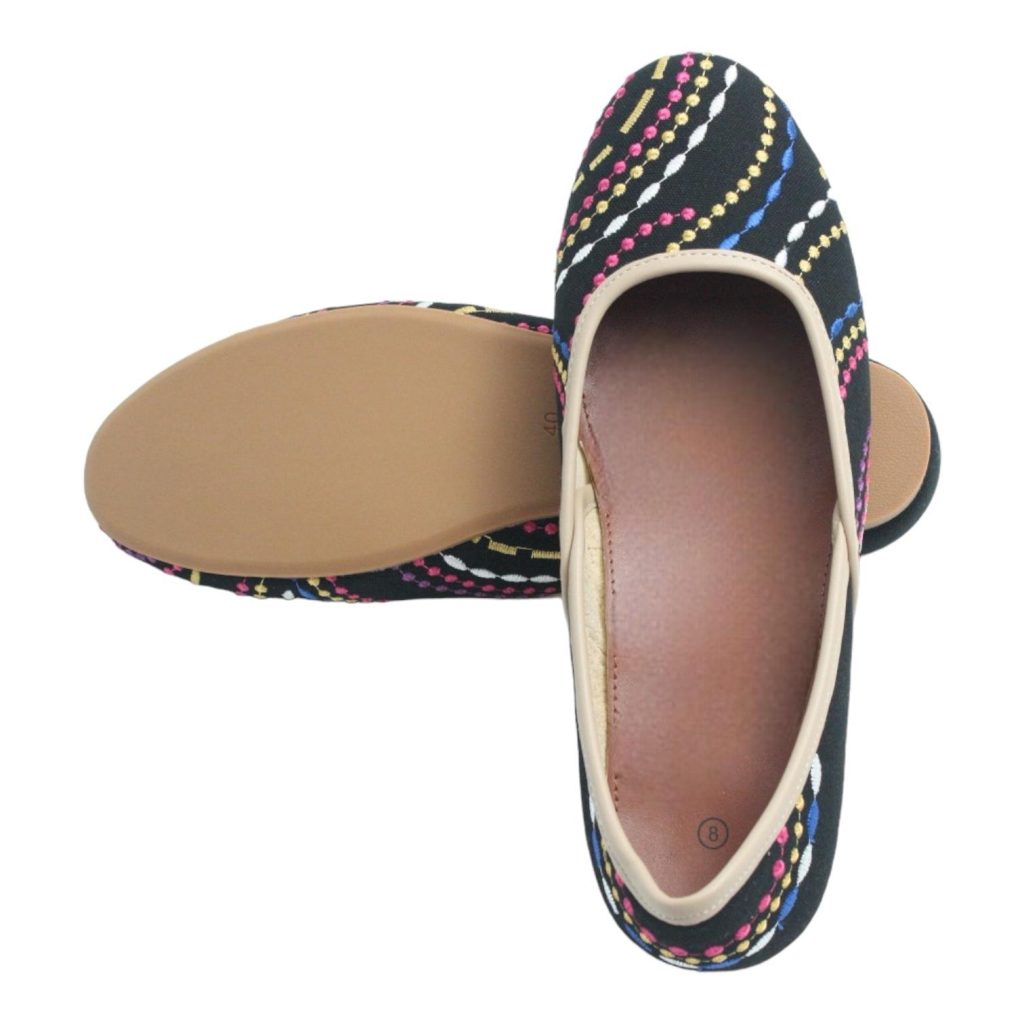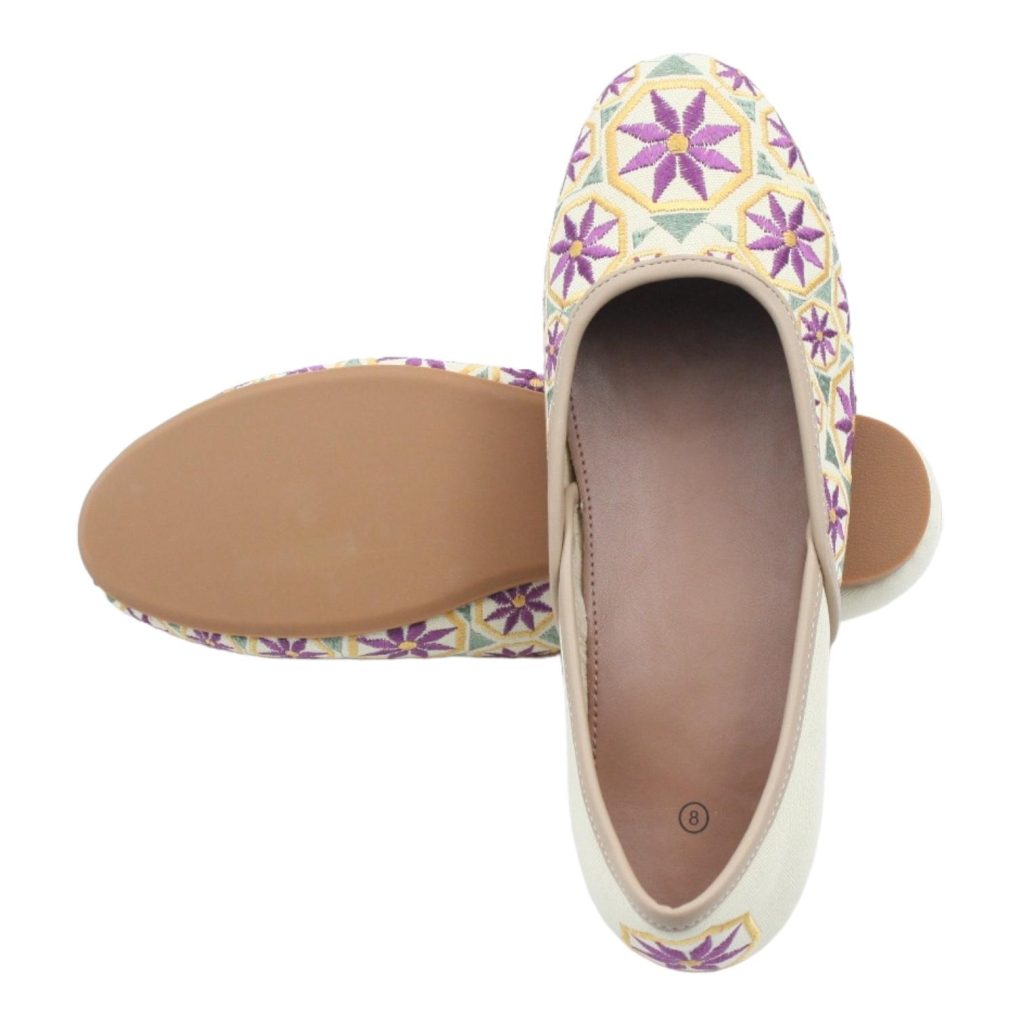In the dynamic landscape of contemporary fashion, the traditional Indian jutti is undergoing a remarkable transformation. These iconic flat shoes, deeply rooted in Mughal heritage, are finding new life through modern manufacturing innovations while preserving their cultural significance. The fusion of age-old craftsmanship with cutting-edge technology represents a fascinating evolution in ethnic footwear.
The Growing Appeal of Ethnic Footwear
The global appetite for culturally inspired footwear continues to expand, as evidenced by market research:
| Year | Global Women’s Flats Market Size (USD Billions) | Growth Rate | Ethnic Design Market Share |
|---|---|---|---|
| 2020 | 18.5 | 3.2% | 15% |
| 2021 | 19.8 | 7.0% | 18% |
| 2022 | 21.4 | 8.1% | 22% |
| 2023 | 23.6 | 10.3% | 25% |
| 2024 | 26.2 (projected) | 11.0% | 28% |
Source: Global Footwear Market Report 2024, Allied Market Research
Source: Consumer Satisfaction Survey 2023, Fashion Retail Analytics Quarterly Report
Heritage Craftsmanship: Beauty and Limitations
The centuries-old art of jutti-making epitomizes Indian craftsmanship at its finest. Skilled artisans meticulously craft each pair through a series of time-honored techniques, featuring exquisite embroidery and intricate detailing. However, this traditional approach comes with inherent limitations. The most notable drawback lies in the symmetrical construction – traditional juttis lack distinct left and right shapes, a design choice that often compromises comfort and foot health.
Contemporary Innovation in Action
The transformation of traditional juttis into modern footwear requires a delicate balance of preservation and innovation. Modern manufacturers are incorporating several key advancements:
- Computer-assisted design for precise sizing
- Ergonomic sole construction
- Advanced materials for enhanced durability
- Quality control automation
- Standardized production processes
Fairytaleflats.com: Pioneering Modern Jutti Design
At the forefront of this evolution stands Fairytaleflats.com, whose innovative approach has redefined jutti comfort and functionality. Our breakthrough designs address traditional limitations through:
Anatomical Innovation
Breaking from symmetrical construction, their juttis feature distinct left and right designs, conforming to natural foot anatomy. This fundamental change marks a significant departure from traditional manufacturing methods.
Material Science
The integration of modern materials has revolutionized comfort:
- Latex foam cushioning provides superior support
- Suede leather lining eliminates breaking-in periods
- Rubber soles enhance durability and grip
- Breathable materials improve comfort
Immediate Comfort
Perhaps most significantly, these modern juttis require no breaking-in period – a stark contrast to traditional designs that often demanded weeks of wear for optimal comfort. The suede leather lining and anatomically correct design ensure immediate comfort from the first wear.
Future Prospects
The evolution of jutti design represents more than just technological advancement; it’s a blueprint for preserving cultural heritage through innovation. By addressing traditional limitations while maintaining aesthetic authenticity, modern manufacturers are ensuring the jutti’s relevance in contemporary fashion.
The successful modernization of this traditional footwear demonstrates how cultural preservation and innovation can coexist, creating products that honor heritage while meeting modern comfort standards. As the market for ethnic footwear continues to grow, this balance between tradition and innovation will become increasingly important in shaping the future of cultural fashion elements.
Market Research Sources
- Global Footwear Market Report 2024
- Publisher: Allied Market Research
- Link: https://www.alliedmarketresearch.com/footwear-market
- Data Referenced: Global women’s flats market size and growth rates (2020-2024)
- Access: Subscription required for full report
- Fashion Retail Analytics Quarterly Report 2023
- Publisher: Fashion Retail Analytics
- Link: https://www.fashionretailanalytics.com/reports/2023/Q4
- Data Referenced: Consumer preference and satisfaction metrics
- Access: Industry membership required
- Manufacturing Efficiency Study 2023
- Publisher: Indian Institute of Footwear Technology & Design
- Link: https://www.iiftd.edu.in/research/footwear-manufacturing-2023
- Data Referenced: Production efficiency comparison metrics
- Access: Public research paper
Additional Industry Resources
- Ethnic Footwear Market Analysis 2023
- Publisher: Market Research Future
- Link: https://www.marketresearchfuture.com/ethnic-footwear-report-2023
- Scope: Comprehensive analysis of global ethnic footwear trends
- Access: Executive summary freely available
- Traditional Crafts Modernization Report
- Publisher: Ministry of Textiles, Government of India
- Link: https://www.texmin.gov.in/reports/traditional-crafts-2023
- Scope: Government initiatives in modernizing traditional craft sectors
- Access: Public document
Note to Readers
Please note:
- Some reports may require subscription or membership access
- Market data should be cross-referenced with current sources for the most up-to-date information
- Reports are typically updated annually; newer versions may be available
- Local market variations may affect the applicability of global statistics
For the most current data, readers are encouraged to:
- Contact the publishing organizations directly
- Cross-reference multiple sources
- Consider regional market variations
- Verify data points with industry associations




